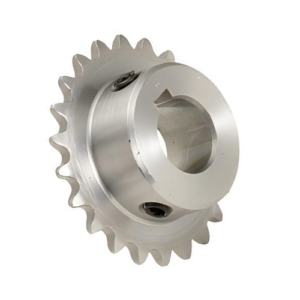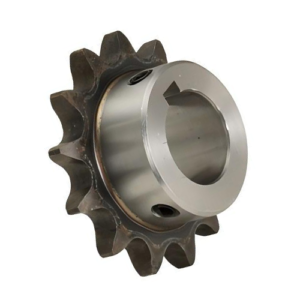We offer professionally designed boiler sprockets for all industrial boiler systems to ensure high efficiency and long-lasting durability. Whether you need replacement parts from the sprocket for boiler or custom solutions, our products will meet your needs. Our sprockets are made from premium materials and combined with advanced manufacturing processes to provide reliable support for your boiler system components.
Specifications of Boiler Sprockets
| Product name | Boiler Sprocket |
| Material | steel |
| Process | casting and machining |
| Size | Customized Size |
| Dimensions | Customer's Drawings |
Structure and Function of Boiler Chain Sprocket
The boiler sprocket is usually composed of the wheel body, tooth grooves and shaft holes, and transmits power by meshing with the chain. Its core functions include:
- Drive chain operation: The rotation of the sprocket drives the chain to move, achieving continuous transportation of fuel (such as coal).
- Regulate the combustion rate: By controlling the chain speed through the sprocket speed, the fuel residence time on the grate is indirectly adjusted to optimize the combustion efficiency.
- Adapt to the type of boiler: In chain grate boilers, the boiler sprocket is the core component of the grate system and directly affects the combustion stability.
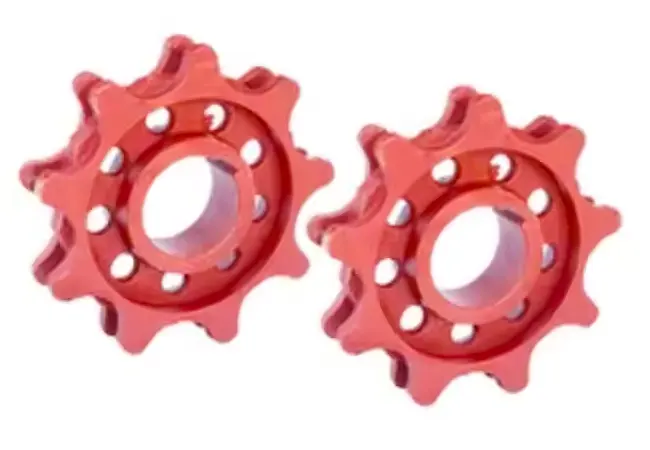
Boiler Sprocket Materials
The material of the industrial boiler sprocket needs to take into account wear resistance, high-temperature resistance and corrosion resistance. Common choices include:
- Cast iron: Low cost, suitable for medium and low-temperature environments, but has relatively poor wear resistance.
- Cast steel: High strength, high-temperature resistance, suitable for heavy-duty or high-temperature scenarios;
- Alloy steel: By adding elements such as chromium and molybdenum, its wear resistance and corrosion resistance are enhanced, and its service life is prolonged.
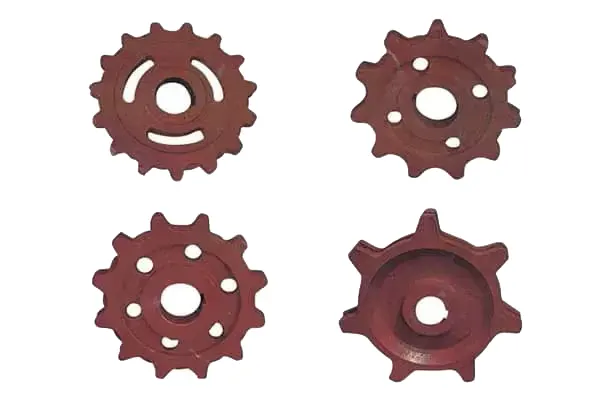
Boiler Sprocket Application Scenario
Boiler sprockets are widely used in industrial and power station boilers, especially playing a key role in the following scenarios:
| Chain grate boiler: The sprocket drives the chain, which moves the grate plates to achieve layer-by-layer fuel combustion. |  |
| Biomass boilers: They need to be adapted to the characteristics of biomass fuel and have higher requirements for the wear resistance and corrosion resistance of the sprocket. |  |
| Waste incineration boilers: They need to withstand high temperatures and corrosive environments, which poses higher challenges to the material and process of the sprocket. | 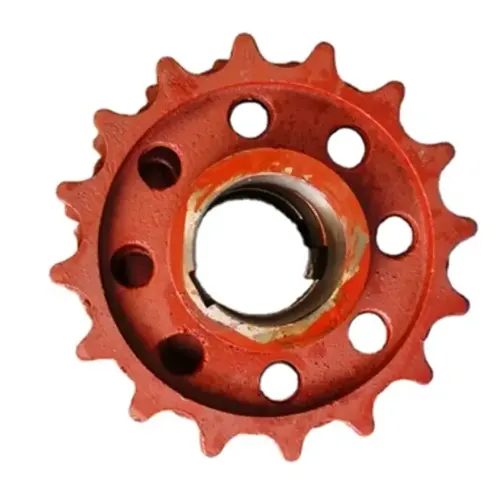 |
Whether it's boiler sprocket for biomass boiler systems or any other heavy industrial equipment, our products ensure the smooth operation of the boiler chain drive.
Common Problems and Solutions of Boiler Sprockets
| Problem | Reasons | Solution |
|---|---|---|
| Sprocket tooth skipping | Loose chain, worn sprocket or excessive load | Adjust the tension of the chain, replace the worn sprocket, and optimize the load distribution |
| Sprocket breakage | Material defects, overload operation or fatigue damage | Select high-strength alloy steel materials, avoid overloading operation, and replace aged sprockets regularly |
| The sprocket is rusty | Damp environment and lack of protection | Enhance ventilation in the boiler room, apply anti-rust paint regularly, and use stainless steel or galvanized sprockets |
Boiler Sprocket Maintenance Tips
To ensure the long-term stable operation of the boiler sprocket, the following maintenance of sprockets should be carried out regularly:
- Lubrication maintenance: Regularly add grease to reduce the wear of the chain and sprocket.
- Wear inspection: Regularly check the wear of the tooth grooves and replace the severely worn sprockets in a timely manner.
- Chain tensioning: Adjust the tensioning degree of the chain to prevent tooth skipping or jamming due to chain looseness.
- Environmental control: Keep the boiler room dry to reduce the risk of sprocket rusting.
Why Choose Our Boiler Sprocket?
As a high-quality boiler chain sprocket supplier, our industrial boiler sprocket stands out in the industry for its superior performance and durability. The following are the reasons for choosing us:
- High-strength material: High-quality boiler sprocket material is used to ensure stable operation under high temperatures and high-pressure conditions.
- Precision Design: Our boiler chain sprocket is precisely machined to ensure a perfect fit with the chain and minimize wear.
Custom boiler sprocket manufacturing is available to meet the requirements of specific boiler systems. - Easy to maintain: Follow boiler sprocket maintenance tips to extend equipment lifespan and reduce maintenance costs.
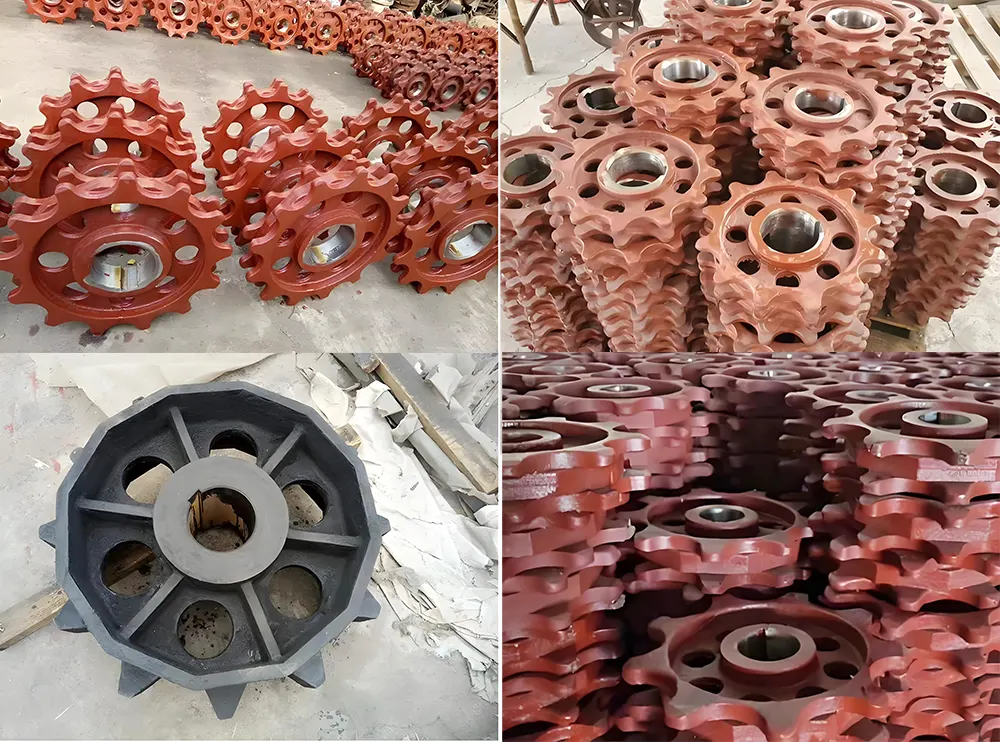
The boiler sprocket is a key component in the boiler system used to drive the chain operation, directly affecting fuel transportation, combustion efficiency and equipment stability.


